Table of Contents
Vehicle-borne travel is growing by leaps and bounds, geared towards adventurous souls, truck nerds, and families who prefer to connect over campfires. So what is overlanding all about? Let’s find out.
What is Overlanding?
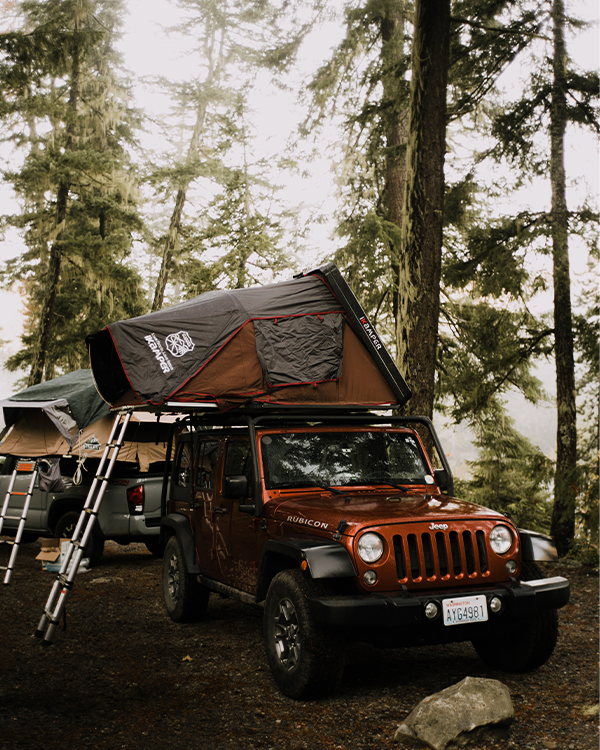
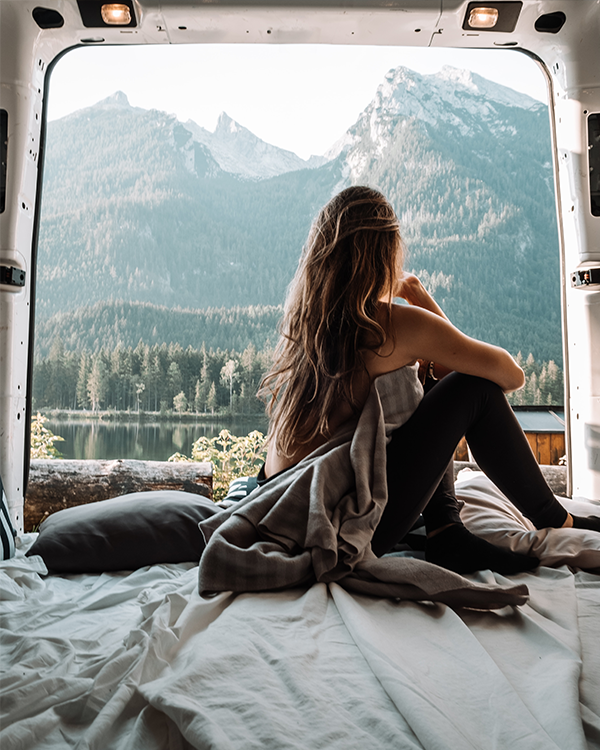
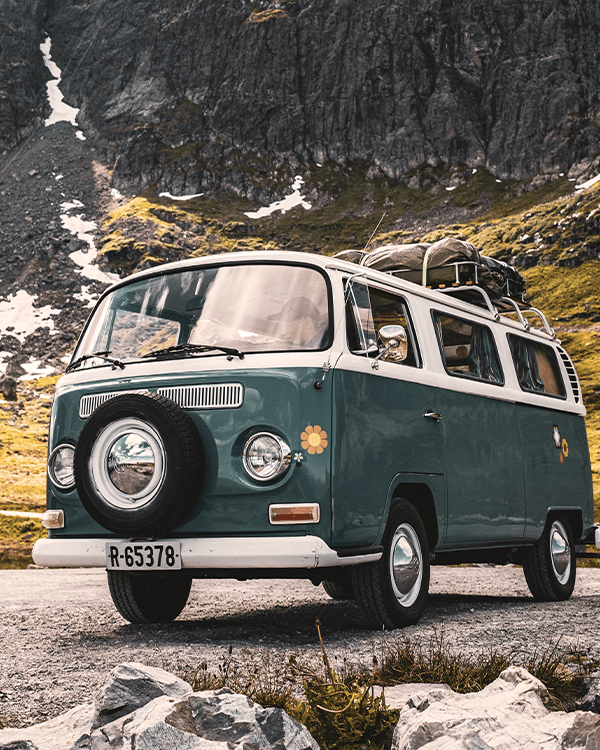

Overlanding is a type of self-reliant, off-grid adventure travel that involves exploring remote destinations using a vehicle, often a 4×4 truck or van with travellers typically carrying all the needed gear and supplies for camping, cooking, and survival. Most overlanders customize their vehicles with rooftop tents, camper shells, and/or specialized gear to enhance comfort and self-sufficiency.
It’s essentially a mix of road-tripping, camping, and off-roading, with the focus being on the journey itself rather than the destination. Overlanding trips can last for days, weeks (or even months!), often traversing more rugged terrain and less touristed environments.
Where Do I Overland?

With the increased demand for local and vehicle-borne travel, better-known destinations are quickly finding themselves booked to capacity. That’s why we like to seek out the lesser-known destinations, from towns off-the-beaten-path to smaller campgrounds to accessible roads on Queen’s land. It’s a big country, and there are a lot of incredible locales for off- and shoulder-season adventures.
If your rig is totally self-contained (meaning you have water, an inside toilet, and a tank to collect wastewater), you can also take advantage of the networks of unique host parking spots like farms, breweries, wineries, and gold courses. A couple of options to check out are Terego and Harvest Hosts.
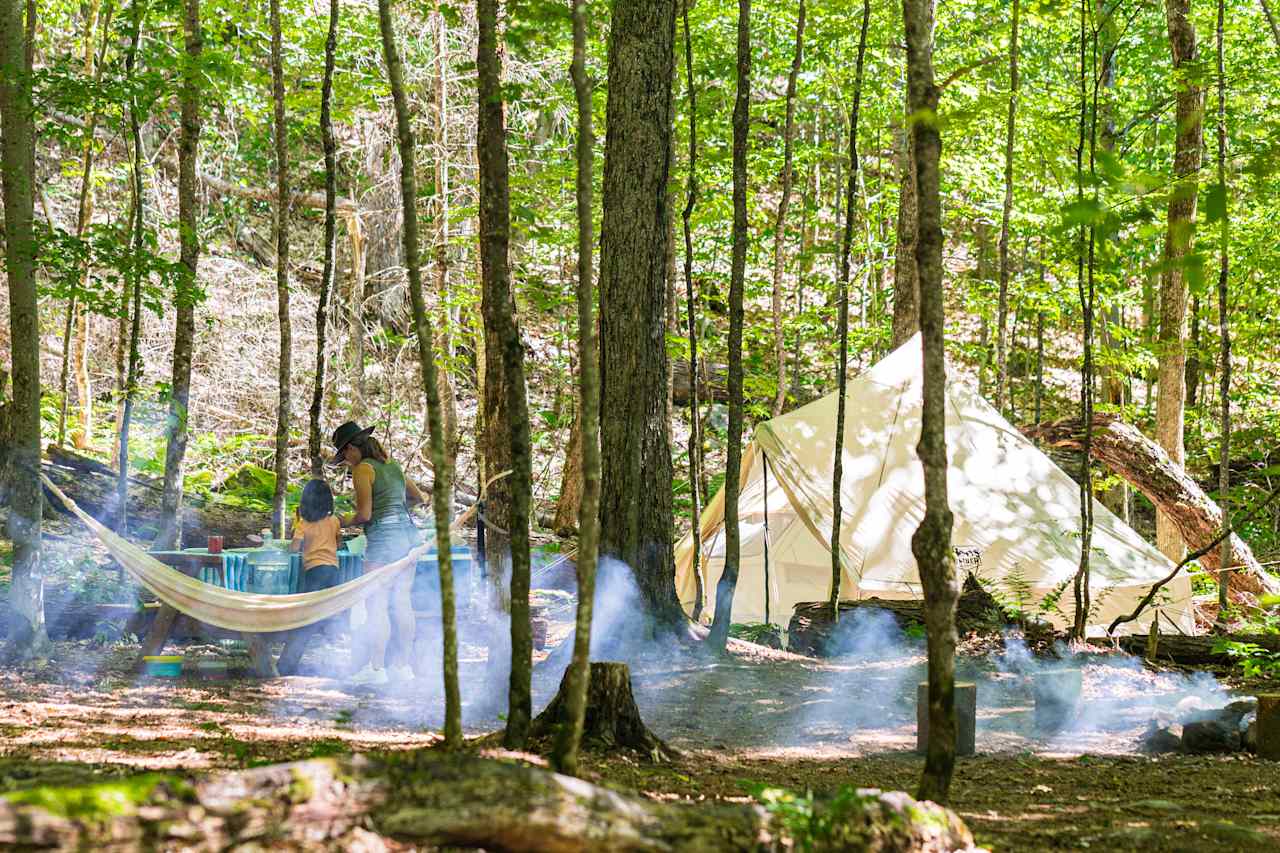
If you’re not self-contained, Hip Camp offers tent and glamping sites not listed anywhere else and sweet road trip options for planning stays along your route.
Vehicles
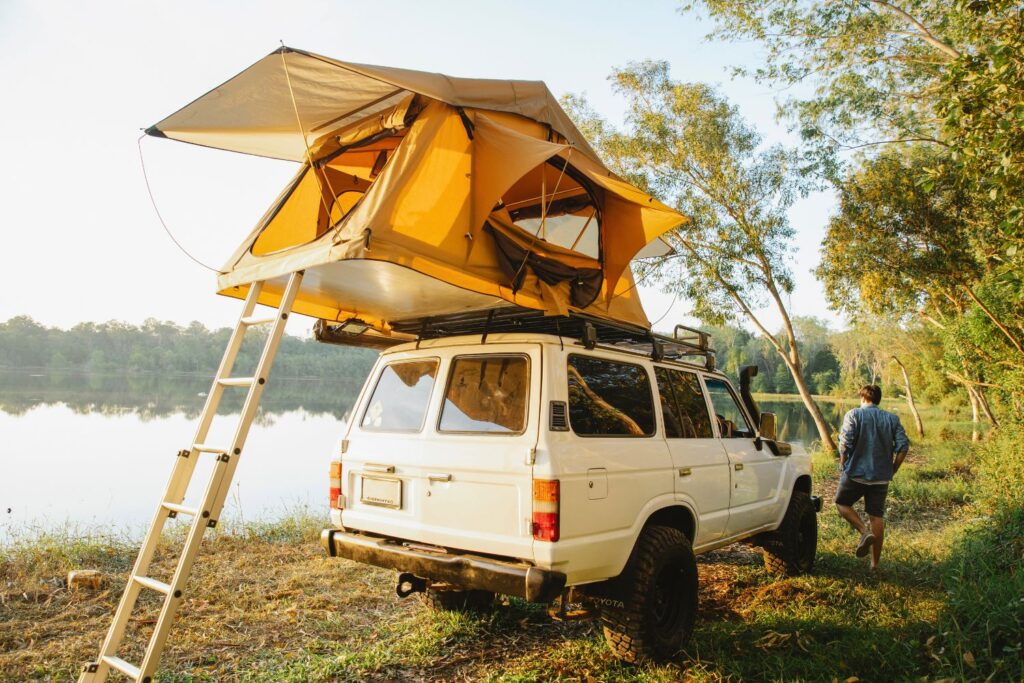
Every adventure begins with a platform vehicle for exploring, and there are plenty of options depending on your style and needs. Here’s a laid-back rundown:
- Pickup Trucks: These are popular for their rugged durability and high payload capacity. Think of models like the Toyota Tacoma or Ford F-150. They’re great if you need space for gear and a solid off-road ride.
- SUVs: Vehicles like the Jeep Wrangler, Toyota 4Runner, and Land Cruiser are classic overlanding choices. They offer a blend of comfort, off-road prowess, and enough room to store camping gear.
- Modified Vans: Some adventurers convert vans (like the Mercedes Sprinter or Ford Transit) into mobile homes. These are perfect if you’re planning to spend nights in your vehicle with all the comforts of a tiny home.
- Camper Trailers: While not exactly “vehicles” you drive, many overlanders attach camper trailers to their trucks or SUVs. These trailers offer a home-like setup and are a great option if you don’t want to modify your main vehicle.
- Motorcycles and Dual-Sport Bikes: For those who prefer a lighter, more nimble ride, some overlanders opt for bikes. They’re easier to navigate through narrow trails but obviously offer less storage space compared to four-wheeled options.
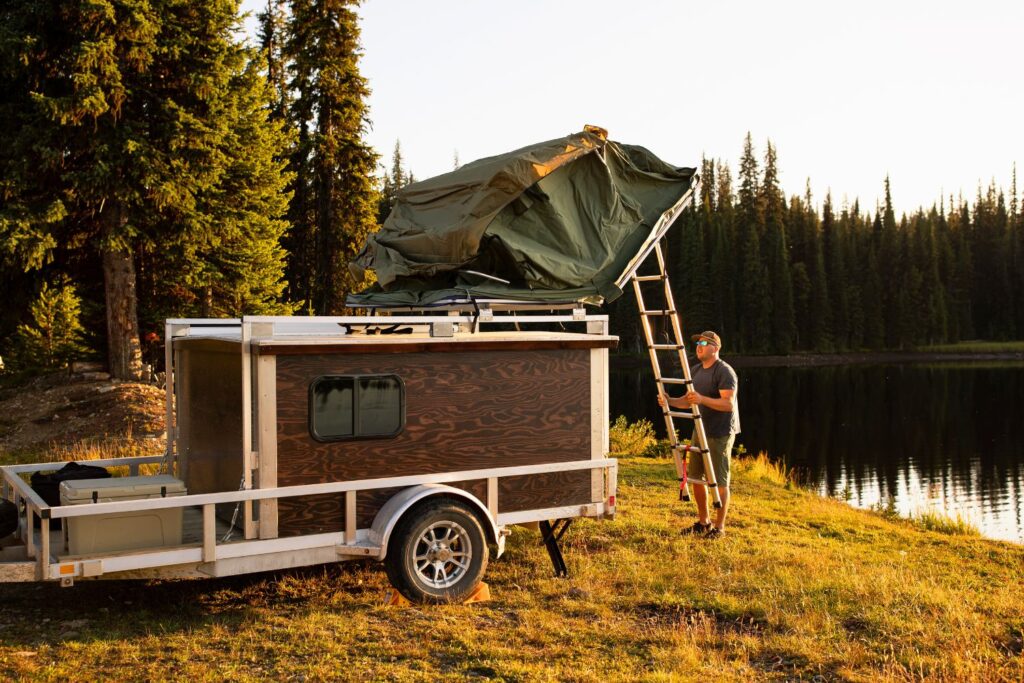
Each type has its perks, so your choice might come down to whether you value off-road capability, storage space, or living comfy-cozy on long trips.
Cargo (Essential Gear)
Besides the vehicle, our favourite part! Imagine gearing up for your overlanding adventure with all the essentials you need to live comfortably off-grid. Picture a sturdy rooftop tent that transforms your vehicle into a cozy sleeping space, paired with a smart kitchen set-up complete with a portable stove, compact fridge, and all the cooking tools to whip up delicious meals under the stars.
Throw in some solar panels to keep your devices charged, a reliable water storage system, and maybe even a satellite communication device for those remote trips. It’s all about creating a self-sufficient little world on wheels that makes every journey an adventure in comfort and style.